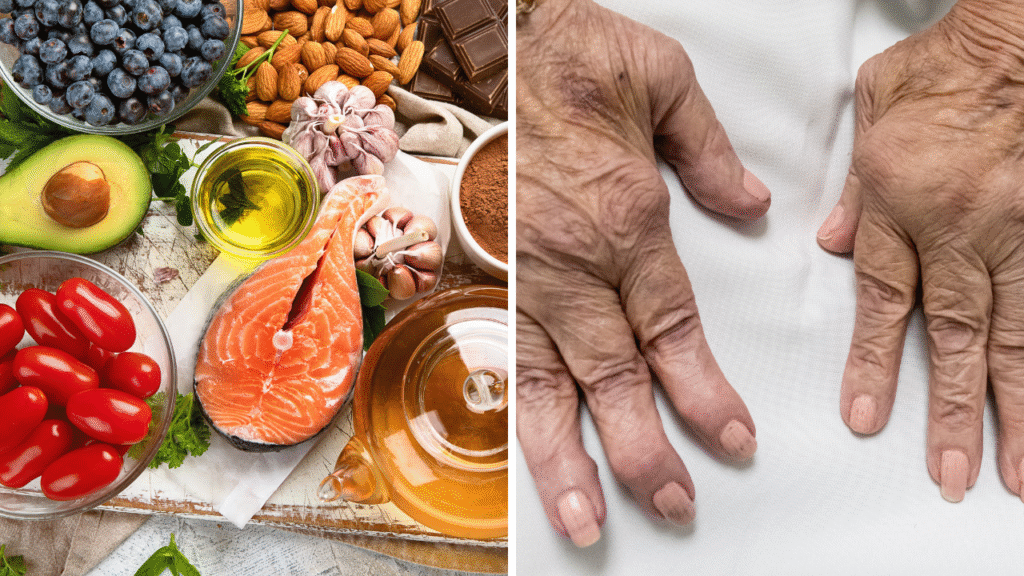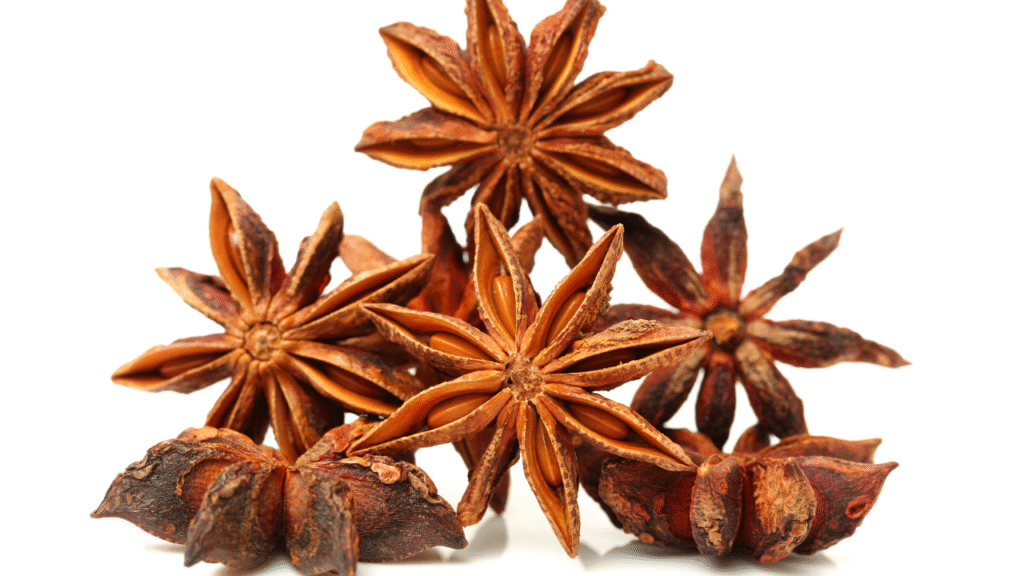Adhering to a diligent hair care routine is essential to ensuring the vitality and strength of your hair.
Here are 10 Effective Hair Care Tips for Maintaining Healthy Hair
1. Regular Trimming
Regular trims are essential for maintaining healthy hair, preventing split ends, and ensuring that hairstyles remain fresh and manageable.
Split ends can travel up the hair shaft, leading to more extensive damage. Regular trims remove these damaged ends before they can worsen.
Trimming split ends helps maintain a healthier and smoother appearance, making the hair look shinier and more vibrant.
While trimming doesn’t directly accelerate hair growth, it prevents breakage and damage, allowing hair to grow longer and healthier.
Removing damaged ends helps retain length by preventing breakage.
Regular trims can prevent hair from thinning at the ends, maintaining fullness and volume.
Trimming the ends of the hair can also improve overall scalp health by reducing the weight and tension on the roots.
How Often Should Clients Trim Their Hair?
- Short Hair:
- Frequency: Every 4-6 weeks.
- Reason: Short hairstyles lose their shape quickly as they grow out. Regular trims maintain the desired style and keep the hair looking sharp and fresh.
- Medium-Length Hair:
- Frequency: Every 6-8 weeks.
- Reason: Medium-length hair can maintain its style longer than short hair but needs regular trims to prevent split ends and maintain shape.
- Long Hair:
- Frequency: Every 8-12 weeks.
- Reason: Long hair is more prone to split ends and damage. Regular trims help maintain length by preventing breakage and keeping the ends healthy.
- Curly and Coily Hair:
- Frequency: Every 8-12 weeks.
- Reason: Curly and oily hair types are more susceptible to dryness and split ends. Regular trims help maintain curl definition and prevent tangles and knots.
- Fine Hair:
- Frequency: Every 6-8 weeks.
- Reason: Fine hair can appear thin and stringy if not trimmed regularly. Frequent trims keep it looking fuller and more voluminous.
- Thick Hair:
- Frequency: Every 8-10 weeks.
- Reason: Thick hair can handle longer intervals between trims, but regular maintenance helps keep it manageable and prevents bulkiness.
- Color-Treated Hair:
- Frequency: Every 6-8 weeks.
- Reason: Color-treated hair can be more prone to dryness and damage. Regular trims help maintain color vibrancy and health.
Regular trims are crucial for maintaining healthy, beautiful hair and ensuring that hairstyles remain fresh and manageable.
2. Use Sulfate-Free Shampoo
Sulfates and your hair
Sulfates are surfactants (compounds that attract oil and water) used to create lather and easily wash away dirt and grime.
Sulfate shampoo products are designed to clean the hair and the scalp. When combined with water, sulfates easily wash away dead skin cells and dirt from your hair and scalp.
They are found in many personal care products, such as body wash, shampoo, facial cleansers, toothpaste, and household cleaning products.
Overexposure to sulfates might lead to the deterioration of hair protein. According to a 2005 study, hair immersed in a sodium dodecyl sulfate solution loses twice as much protein as hair immersed in water.
Because they are such efficient cleaners, sulfate shampoos may strip hair of natural oil, potentially leaving it dry and brittle.
However, a sulfate-free shampoo may be beneficial if you have a sensitive scalp.
Is it worth spending more on sulfate-free shampoo?
Sulfate-free shampoos tend to be more expensive. However, if you have sensitive skin, fragile hair, or dyed hair, spending more money on a sulfate-free option can be worth it to prevent damage.
If you’re on a budget, consider making homemade shampoo with natural ingredients such as diluted apple cider vinegar and honey. You can also look for African black soap, which is double as shampoo and body wash.
3. Condition Regularly
Conditioner is a conditioning or moisturizing agent generally made up of ingredients such as silicones, oils, and emollients, as well as cationic surfactants (the scientific term for soaps or detergents, which help to wash away the oily elements). Combined, these ingredients replenish hair’s moisture after some of it is stripped from shampooing.
Conditioning helps restore moisture and nutrients to your hair, keeping it soft, shiny, and manageable. Focus on the ends of your hair to prevent dryness and breakage.
Additionally, incorporating a conditioning treatment into your routine once a week can work wonders for repairing heat-damaged hair. Look for products that contain ingredients like keratin, argan oil, or shea butter, as these can help strengthen and moisturize your hair from within. These ingredients penetrate the hair shaft to provide deep hydration and repair damage, leaving your hair feeling soft, smooth, and more resilient.
There are types of conditioners.
Deep conditioner, which is almost like a hair mask in that it’s meant to be left on longer to penetrate the strands more deeply; cleansing conditioner (aka co-wash), which acts as a shampoo and conditioner hybrid that simultaneously cleanses and conditions the hair.
Leave in condition, a post-shower, no-rinse treatment that nourishes and protects the hair throughout the day.
4. Avoid Excessive Heat Styling
Did you know that excessive heat can affect your hair’s health? Flat irons, curling wands, and styling tools can cause heat damage if used improperly.
Heat damage occurs when high temperatures weaken the protein bonds in hair, leading to dryness, brittleness, and breakage. This damage is most commonly caused by heat-styling tools such as flat irons, curling irons, and blow dryers, reaching temperatures up to 450°F.
When heat is applied to hair, it breaks down the hydrogen bonds that hold the keratin proteins together. This weakens the hair’s structure, making it more prone to damage and breakage. High heat can also strip hair of natural oils, leading to dryness and frizz. Heat-damaged hair may appear dull, frizzy, brittle, and more prone to breakage and split ends.
From a health perspective, heat damage can weaken your hair’s structure, making it more susceptible to further damage and preventing it from growing to its full potential.
Preventing Heat Damage
Preventing heat damage starts with using heat styling tools responsibly. Here are some tips to help protect your hair from heat damage:
- Heat Protectant: Before using any heat styling tools, apply a heat protectant spray to help create a barrier between your hair and the heat. This can help reduce the amount of damage caused by heat styling.
- Limit Heat Exposure: To reduce the heat your hair is exposed to, try limiting your use of heat-styling tools. Consider using alternative styling methods such as air-drying or heatless curls.
- Use Lower Heat Settings: Using heat styling tools, use the lowest heat setting possible to achieve your desired style. High heat is not always necessary and can cause more damage to your hair.
- Invest in Quality Tools: Consider investing in high-quality heat-styling tools with adjustable heat settings and ceramic plates. These tools can help distribute heat more evenly and reduce the risk of heat damage.
- Protect Your Hair at Night: To prevent heat damage while you sleep, consider using a silk or satin pillowcase and tying your hair up in a loose bun or braid to protect it from friction and breakage.
Treating Heat Damage
Regular trims with your hairstylist. Trimming your hair often can help remove damaged ends and prevent further breakage from traveling up the hair shaft.
This is especially important for preventing split ends, weakening your hair, and making it more prone to breakage.
Heat styling can further damage weakened hair, so it’s best to give your hair a break from the heat. Instead, opt for heatless hairstyles like braids, buns, or twists, or let your hair air-dry whenever possible.
5. Protect Your Hair from the sun
Like the sunscreen you slather on your skin, hair sunscreen helps protect your strands (and scalp) from sun damage.
When hair is exposed to the sun’s UV rays for extended periods, the rays can damage the outer layer of each strand of hair, called the cuticle, says Nazanin Saedi, MD, a board-certified dermatologist and assistant professor at Thomas Jefferson University in Philadelphia.
UV rays can also break down keratin, a protein that gives hair its structure and shine. Damage to the hair cuticle and keratin makes hair drier and more brittle, Dr. Saedi says.
Darker hair is less susceptible to damage caused by UV rays because pigment protects keratin by absorbing and filtering the UV radiation and then releasing it as heat.
However, research shows that the pigments are slowly degraded and bleached during this protective process, lightening (and even graying) hair over time.
What Is Hair Sunscreen and Does It Work?
“Hair sunscreen coats the outside of the cuticle of each hair strand and scalp to protect it from UV rays.
The active ingredients in hair sunscreen often overlap with those you’d find in sunscreens for the skin, but they ultimately depend on which type and brand you choose.
Mineral hair sunscreens contain active ingredients like zinc oxide or titanium dioxide that form a protective layer around each strand of hair, and these formulations could leave a white cast on your hair, Saedi says.
Chemical hair sunscreens, on the other hand, contain active ingredients like avobenzone, which absorb and diffuse the sun’s UV rays, preventing damage.
Hair sunscreen can be helpful for anyone, regardless of hair color, length, or thickness. However, it may be especially beneficial for some. “Lighter hair and thinner hair are more prone to sun damage,” Saedi says, as light hair doesn’t have as much naturally protective pigment, and thinner hair doesn’t provide as much cover for the scalp.
The sun’s UV rays damage the hair cuticle and the protein (keratin) that gives hair its structure. In addition, the delicate skin of the scalp is susceptible to sunburn and damage, accelerating skin aging and increasing skin cancer risk. Using hair sunscreen with a hat or headscarf offers the best protection.
6. Eat a Balanced Diet
Eating a balanced diet rich in these vitamins and minerals may help promote hair growth, especially if your hair loss is due to poor nutrition.
Some of the best foods for hair growth are foods with high nutritional value, like eggs, leafy greens, and fatty fish. Deficiencies in nutrients can affect hair health.
Effect of nutritional deficiency on hair?
Your hair health and how fast it grows depends on many factors, including:
- age
- overall health
- genetics
- environmental exposure
- medications
- diet
Although you can’t change some of these factors, you likely have more control over your diet.
Vitamins and minerals from food are essential in the hair follicle growth cycle and cellular turnover (1).
A diet lacking in needed nutrients can lead to hair loss, including deficiencies in (1):
- vitamins B12 and D
- biotin
- riboflavin
- iron
Eating a balanced diet rich in these vitamins and minerals may help promote hair growth, especially if your hair loss is due to poor nutrition.
While more research is needed to understand the connection between micronutrients and hair loss, ensuring you’re getting enough of these 13 foods rich in nutrients that support hair growth is a good idea.
What you eat can affect the health of your hair.
A lack of proper nutrients, including vitamins A, C, D, and E, zinc, B vitamins, iron, biotin, protein, and essential fatty acids, may slow hair growth or cause hair loss.
Correcting a deficiency in any of these nutrients may help treat hair loss and promote the rate of hair growth.
Add some of the above foods if you lack any of these nutrients.
7. Stay Hydrated
Many products and treatments claim to promote hair growth, but have you ever considered that the secret to stronger and healthier hair could be as simple as drinking enough water? Yes, you read that right! Adequate hydration is essential for optimal hair growth and overall hair health.
The Importance of Hydration for Hair
Our hair follicles rely on a well-regulated circulatory system to receive the necessary nutrients for growth. Water plays a crucial role in maintaining this circulatory system. By staying properly hydrated, you ensure these vital nutrients reach your hair follicles, providing them with the nourishment they need to thrive.
But that’s not all! Water also activates the nerve endings and sensors in your hair’s roots, enhancing its natural vitality. When it receives ample hydration, your hair can grow stronger and healthier. Drinking enough water can energize your hair from root to tip, overcoming common hair problems and supporting optimal growth.
Recommended Water Intake for Hair Growth
How much water should I drink to promote hair growth?” Here’s a general guideline: Aim for at least eight glasses of water daily. It’s always a good idea to listen to your body and adjust your water intake accordingly.
8. Use a Wide-Tooth Comb
When hair is wet, it’s in its most compromised and fragile state, and brushing it stretches each strand, making it highly susceptible to breakage. Because of this, wide-tooth combs are better for wet hair because they can smooth and detangle wet strands with less resistance, leading to less damage.
As we mentioned, a wide-tooth comb allows you to remove tangles and smooth wet or dry hair with gentle and effective motions. This improves the integrity of your hair while preventing future damage.
When you brush your hair, the natural motion tugs on your strands and creates friction, which can lead to hair breakage.
A wide-tooth comb is much kinder on hair thanks to the wide space between the teeth, which minimizes friction. It’s an effective alternative to brushing your hair, and the American Academy of Dermatology (AAD) recommends it for tug-free, gentle styling.
Wide Tooth Combs Are Gentler on Wet Hair
Wide-tooth combs are better suited for wet hair than a hairbrush. When hair is wet, it’s in its most compromised and fragile state, and brushing it stretches each strand, making it highly susceptible to breakage. Because of this, wide-tooth combs are better for wet hair because they can smooth and detangle wet strands with less resistance, leading to less damage.
Wide Tooth Combs Won’t Exacerbate a Flakey Scalp
If you constantly deal with a flakey, irritated scalp, your hairbrush may contribute to that. As we stated, your brush can become covered with dirt, oils, and product buildup, and the small teeth are harsher on the scalp—all of which can lead to irritation.
A wide-tooth comb is naturally less abrasive on the scalp, and the wide teeth can help stimulate blood flow to the area, boosting the health and appearance of the scalp and hair.
9. Avoid Tight Hairstyles
The constant pulling can cause strands of your hair to break or fall out. In time, the continuous pulling can damage your hair follicles. If you damage your hair follicles, your hair cannot grow back, so you develop permanent hair loss. Hairstyles that constantly pull on your hair include Buns, ponytails, and tightly pulled up-dos.
A sleek ponytail, cornrows, or tightly pulled updo can look great. However, if you wear your hair tightly pulled back often, the constant pulling may eventually lead to hair loss. By making a few changes, you can keep your sense of style without losing your hair.
Changes that help prevent hair loss due to tight hairstyles
Avoid frequently wearing hairstyles that pull on your hair. It’s OK to wear your hair tightly pulled back occasionally, but you must avoid wearing a tightly pulled hairstyle daily. The constant pulling can cause strands of your hair to break or fall out. In time, the continuous pulling can damage your hair follicles. If you damage your hair follicles, your hair cannot grow back, so you develop permanent hair loss.
Hairstyles that constantly pull on your hair include:
-
- Buns, ponytails, and up-dos that are tightly pulled
- Cornrows
- Dreadlocks
- Hair extensions or weaves
- Tightly braided hair
- Loosen up the hairstyle. When you wear your hair pulled back, loosen the hairstyle, especially around your hairline. To reduce the constant pulling, you can:
- Change it up. Changing hairstyles can also help reduce the pull. Ideally, when you change styles, you want to give your hair a chance to recover. For example, you may want to wear loose braids or go natural for a few months after wearing cornrows.
- Look for early signs of hair loss. If you wear hairstyles that pull tightly, take time every month to look for these early signs of hair loss:
- Broken hairs around your forehead
- A receding hairline
- Patches of hair loss where your hair is pulled tightly
- Change your hairstyle immediately if you notice any of the following problems. These are signs that your hairstyle or products could cause hair loss:
- Pain from tightly pulled hair
- Stinging on your scalp
- Crusts on your scalp
- Tenting (sections of your scalp are being pulled up like a tent)
10. Sleep on a Silk Pillowcase
Reasons You Should Sleep on a Silk Pillowcase
Less Hair Damage and Frizz
Experts say the benefits of sleeping on a silk pillowcase are most pronounced for hair because the smooth surface reduces friction and, thus, breakage.
Certain fabrics, like cotton sheets, can catch the bumpy and shingled cuticle layer of hair. The friction lifts and tears these layers, causing and worsening any existing damage. She says sleeping on silk helps prevent this friction, especially if you toss and turn a lot and have curly hair, which needs extra TLC.
More Moisture Maintained
“There is some evidence that when compared to typical cotton pillowcases, less moisture is absorbed with a silk pillowcase,” says Janiene Luke, MD, an associate professor of dermatology at Loma Linda University in California. These benefits are more pronounced for hair, especially curly and textured hair.
Curly or natural hair doesn’t retain as much moisture as straight hair and is more prone to breakage. Cotton tends to absorb moisture, so it’ll sap what little moisture is in your hair overnight.





